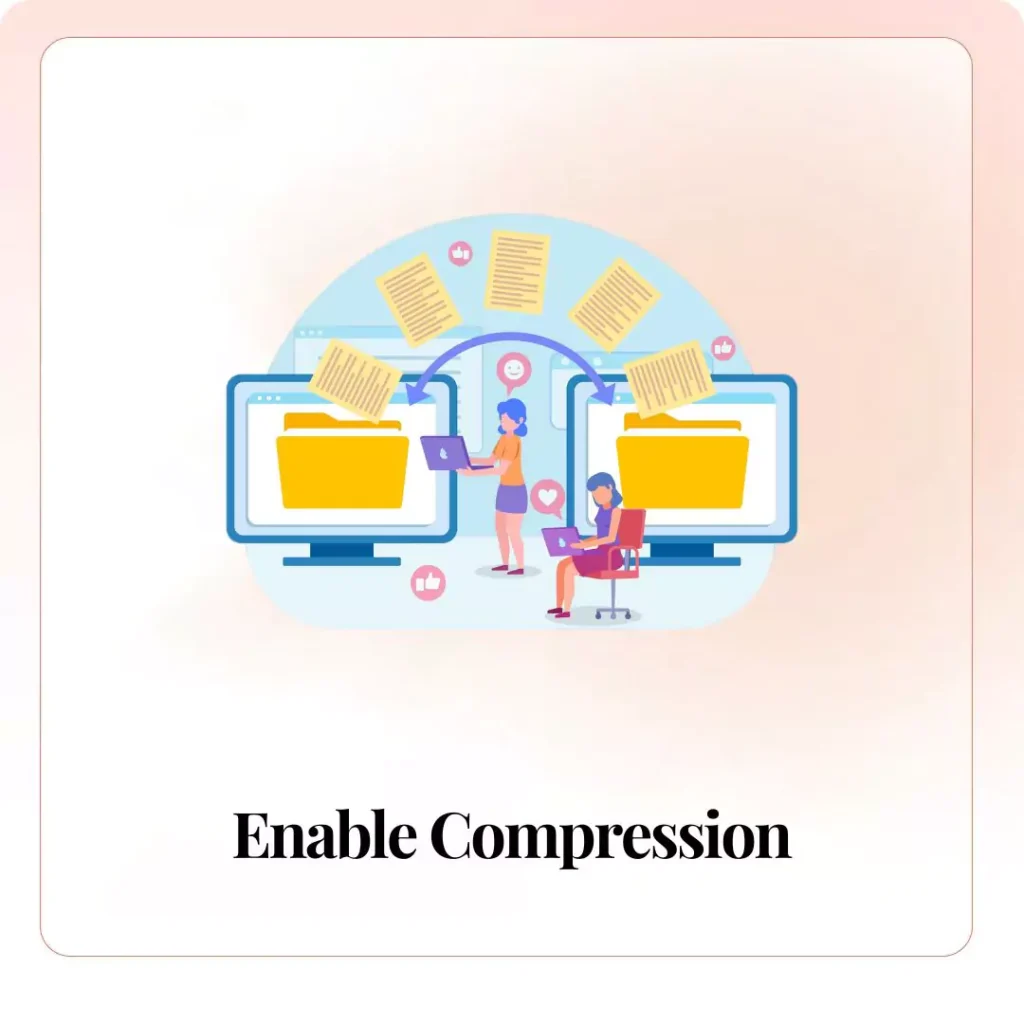In today’s digital world, website speed is a crucial factor that can make or break your online presence. A slow-loading website not only frustrates users but also negatively impacts your search engine rankings, leading to lower traffic and conversions. Whether you run an e-commerce store, a blog, or a corporate website, improving your website’s loading speed should be a top priority. In this guide, we’ll explore five key strategies to enhance your website’s performance, ensuring a faster, smoother user experience.
For more insights on how to optimize your website’s performance and improve your search engine rankings, don’t forget to check out other blogs by Osumare Marketing Solutions, Bangalore, one of the Best SEO companies in Bangalore.
1. Optimize Images and Media Files

Images are often the largest files on a webpage and can significantly slow down your website if not optimized properly. Here’s how you can optimize your images to speed up your site:
- Compress Images: Use tools like TinyPNG or ImageOptim to reduce the file size of your images without sacrificing quality. This helps in lowering the overall page size and thus improves the load speed.
- Use Appropriate Formats: Choose the right image format (JPEG for photographs, PNG for graphics with transparency, and SVG for icons) to ensure your images are as lightweight as possible.
- Lazy Loading: Implement lazy loading to delay the loading of images until they are about to enter the viewport. This reduces initial load time and improves the perceived speed of your site.
When images are optimized, not only do they load faster, but they also improve your website’s overall performance metrics, such as Google PageSpeed Insights scores. This is particularly important for websites looking to rank higher in search engine results pages (SERPs), making it essential for SEO.
2. Leverage Browser Caching
Browser caching allows your site to store some data on a user’s local device so that the next time they visit, the page loads faster. Here’s how to leverage caching:
- Set Expiration Dates for Cache: By setting an expiration date for cached content, you ensure that the browser downloads the latest version only after the cache has expired.
- Utilize a Content Delivery Network (CDN): A CDN stores copies of your site’s files in different geographic locations. This allows users to load content from a server closest to them, reducing load times.
Caching reduces the need for users to download the same data every time they visit your site, making your website faster and more efficient.

3. Minimize HTTP Requests

Every time someone visits your website, their browser makes a series of HTTP requests to load various elements on the page. The more requests, the longer it takes for the page to load. Here’s how to minimize these requests:
- Combine Files: Combine CSS, JavaScript, and HTML files to reduce the number of requests.
- Minify CSS, JavaScript, and HTML: Remove unnecessary characters, spaces, and comments from your code to reduce file sizes.
- Reduce Redirects: Each redirect creates additional HTTP requests, slowing down your site. Minimize redirects where possible.
Reducing HTTP requests is one of the most effective ways to speed up your website.
4. Enable Compression
Compressing your files can make a huge difference in your website’s load time. When files are compressed, they take up less space, which speeds up the transfer of data from the server to the user’s browser. Here’s how to enable compression:
- Use Gzip Compression: Gzip is the most common method of compression. It reduces the size of your CSS, HTML, and JavaScript files, allowing them to load faster.
- Optimize Code and Remove Unnecessary Plugins: Clean up your website’s code and remove any plugins that are no longer necessary or are slowing down your site.
Compression reduces the amount of data that needs to be transferred, which helps your website load faster.

5. Monitor and Test Website Speed Regularly

Improving your website’s loading speed is not a one-time task. Regular monitoring and testing are essential to maintain and improve performance. Here’s what you can do:
- Use Speed Testing Tools: Tools like Google PageSpeed Insights, Pingdom, and GTmetrix can provide valuable insights into your website’s performance and identify areas for improvement.
- Monitor Server Performance: Slow server response times can affect your website’s loading speed. Regularly monitor your server’s performance and consider upgrading if necessary.
- Keep Your CMS Updated: Whether you’re using WordPress, Joomla, or another CMS, keeping it updated ensures that you benefit from the latest performance improvements and security patches.
Regular testing and monitoring will help you maintain optimal website performance, ensuring a fast and smooth user experience.
Conclusion
In conclusion, improving your website’s loading speed is crucial for maintaining user satisfaction, reducing bounce rates, and enhancing your site’s overall performance. By following the steps outlined in this guide, you can achieve a faster, more efficient website.
For more expert tips on improving your website’s SEO and performance, check out other blogs by Osumare Marketing Solutions, Bangalore, one of the top SEO companies in Bangalore. Ensuring that your website loads quickly will not only keep your users happy but also improve your search engine rankings and overall digital presence.

